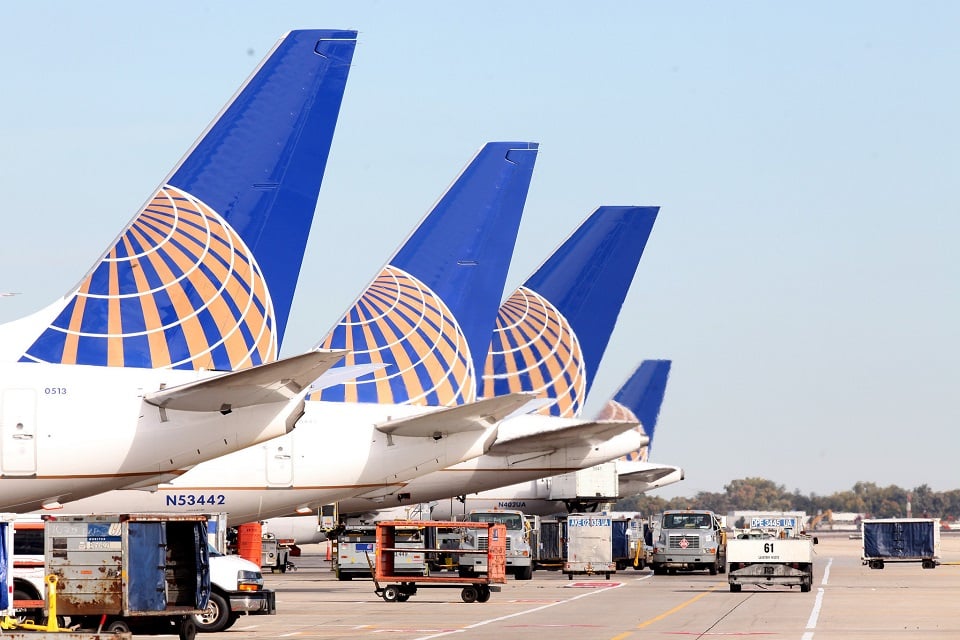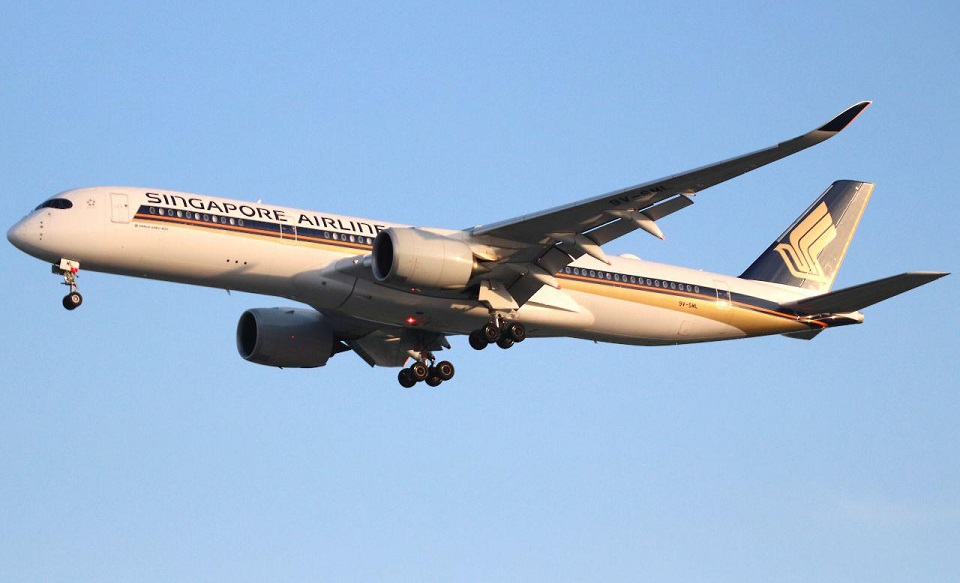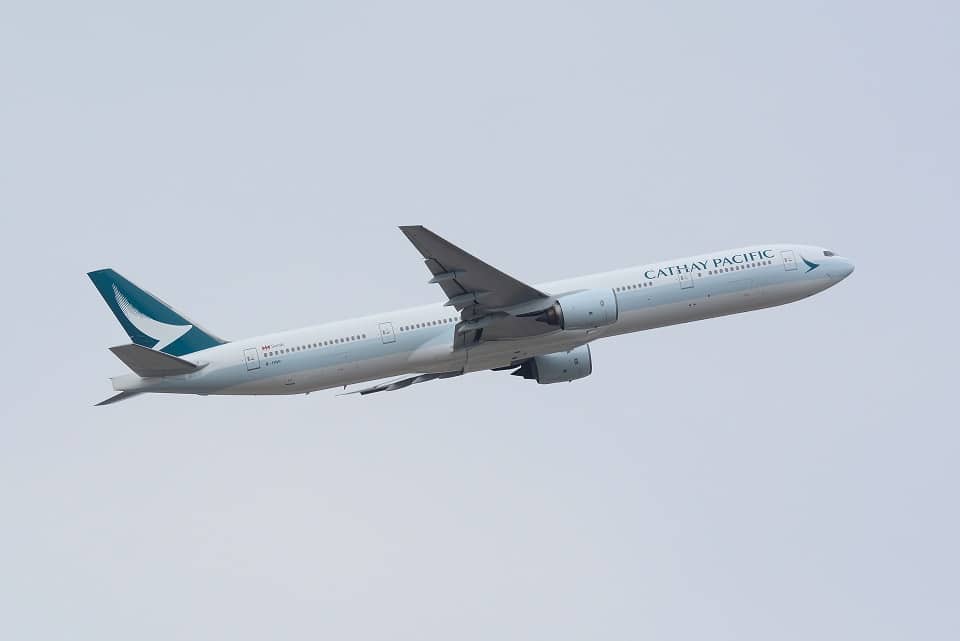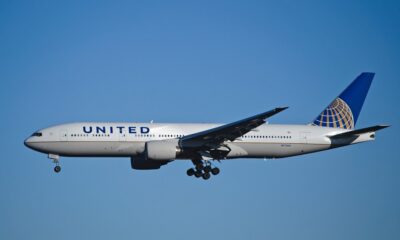Airlines
2023 seen as ‘Goldilocks’ year for airlines, United Airlines
Flying in 2023? Expect ‘goldilocks conditions’ for air travel

The Morgan Stanley rating for United Airlines Holdings has been upgraded to overweight from equal weight, saying 2023 could be a “goldilocks” year for the airline stock.
The carrier exploiting the international recovery, the new CASMxF trajectory with the pilot contract, and a promising fleet renewal path exiting 2023 are key catalysts predicted for UAL in 2023.
US Airlines Cut One Million Seats for Thanksgiving(Opens in a new browser tab)
“The pandemic-related earnings recovery has stayed up with, if not outpaced, peers, and messaging has been proactive and highly confident. Most importantly, there were investor worries about a growth-at-all-costs mentality emerging from the pandemic, a long-standing bear concern, especially with UAL leading the industry in phasing out charge fees in 2020 and shocking the street with alluring aggressive long-term capacity growth plans in the United Next plan unveiled in June 2021. These concerns have not only been held thus far, but UAL appears to be on track to surpass its 2023 guiding and to meet its 2026 guide, which even the most ardent UAL bulls may have thought difficult at the time.”
With the benefits of the late pandemic recovery and the early advantages from the shift to the capacity phase of United NEXT, Morgan Stanley believes that 2023 will be UAL’s “Goldilocks” year. Although the market has acknowledged UAL’s post-pandemic show-me story because the airline company is the only one that has gained ground this year, the stock’s starting point was so low that it is reportedly still trading at an appealing valuation.

Airlines
Singapore Airlines Ordered to Pay $3,580 to Couple over Faulty Seats

Following a dispute over defective seats during their voyage from India to Australia last year, Singapore Airlines (SIA) has been compelled to pay a sum exceeding S$3,500 to an Indian couple.
The District Consumer Disputes Redressal Commission in Hyderabad ruled in favour of Ravi and Anjali Gupta, who on May 23, 2023, had problems with their business class seats that were meant to automatically recline on their flight from Hyderabad to Australia via Singapore.
Reports from media outlets in India highlighted the discomfort experienced by the couple, who were compelled to endure the entire journey without the benefit of reclining seats, despite having paid a significant amount which cost around 66,750 rupees (S$1,090) for each ticket, lodged a complaint during the flight, expressing their dissatisfaction with the situation.
Singapore Airlines initially offered compensation in the form of 10,000 KrisFlyer miles per person, which was declined by the passengers. As reported by CNA, Singapore Airlines apologised for any difficulty the technical failure may have caused and acknowledged the District Consumer Disputes Redressal Commission of Hyderabad’s ruling.
SIA clarified that while the automatic recline feature on Mr. and Mrs. Gupta’s seats experienced a glitch, the manual recline function remained operational during the flight from Hyderabad to Singapore.
Regrettably, due to a fully occupied flight, SIA staff were unable to arrange alternative seating within the business class cabin. However, the airline asserts that its crew diligently monitored the couple’s comfort throughout the journey, offering to manually adjust the seats as needed.
Airlines
Cathay Pacific asks business class customers to bring their own cutlery

In an innovative move towards sustainability, renowned Hong Kong carrier Cathay Pacific has recently floated an unconventional idea to its business class customers.
Bringing their own cutlery sets onboard. This initiative, revealed through a member survey circulated within the airline’s “Cathay Lab” community – a platform comprising frequent business class travelers – has stirred a wave of curiosity within the aviation industry.
With sustainability becoming an increasing concern in aviation, Cathay Pacific’s survey aimed to gauge passengers‘ willingness to partake in various eco-friendly practices during their journeys.
Among the initiatives presented, including refilling reusable water bottles and recycling plastic, the prospect of bringing personal cutlery garnered significant attention. Some members expressed practical concerns, questioning the feasibility of carrying cutlery through airport security and the potential inconvenience for passengers unaware of regulations.
Others suggested that Cathay Pacific should simply provide reusable cutlery onboard instead. Furthermore, there were suspicions among some respondents that the BYO cutlery proposal might be a precursor to introducing additional charges, with one user humorously envisioning a scenario where the airline lends cutlery sets for a fee.
Despite the skepticism surrounding the proposal, Cathay Pacific’s exploration of innovative sustainability measures reflects a broader industry trend towards environmental consciousness.
Airlines
Air India and IndiGo’s Joint Initiative, Plans for 170 Wide-Body Aircraft

In a bold move that underscores their confidence in India’s burgeoning aviation sector, Air India and IndiGo have revealed ambitious plans to acquire a combined total of up to 170 wide-body aircraft.
This strategic investment marks a significant shift in the country’s aviation landscape, as it brings European aircraft manufacturer Airbus into a domain traditionally dominated by American giant Boeing.
With India positioned as one of the world’s fastest-growing aviation markets, the timing couldn’t be more opportune for such expansion endeavors. The aim is clear: to elevate India’s status as a global aviation hub by enhancing connectivity through direct flights between Indian cities and international destinations.
Currently, a substantial portion of India’s international air traffic relies on overseas hubs, particularly in the Gulf region. IndiGo’s announcement of firm orders for 30 A350-900 aircraft, with an option for an additional 70, signals its commitment to capturing a larger share of the long-haul market.
Meanwhile, Air India’s comprehensive order, unveiled last year, encompasses 70 wide-body planes, including a mix of A350 and Boeing 787 models.
Recognizing the potential for disruption in the long and ultra-long haul segments, aviation consultancy CAPA India has emphasized the pivotal role Indian carriers can play in driving innovation and transformation.
With the current combined fleet size of Indian airlines exceeding 700 aircraft, the stage is set for Air India and IndiGo to spearhead a new era of growth and connectivity in the Indian aviation sector.


























